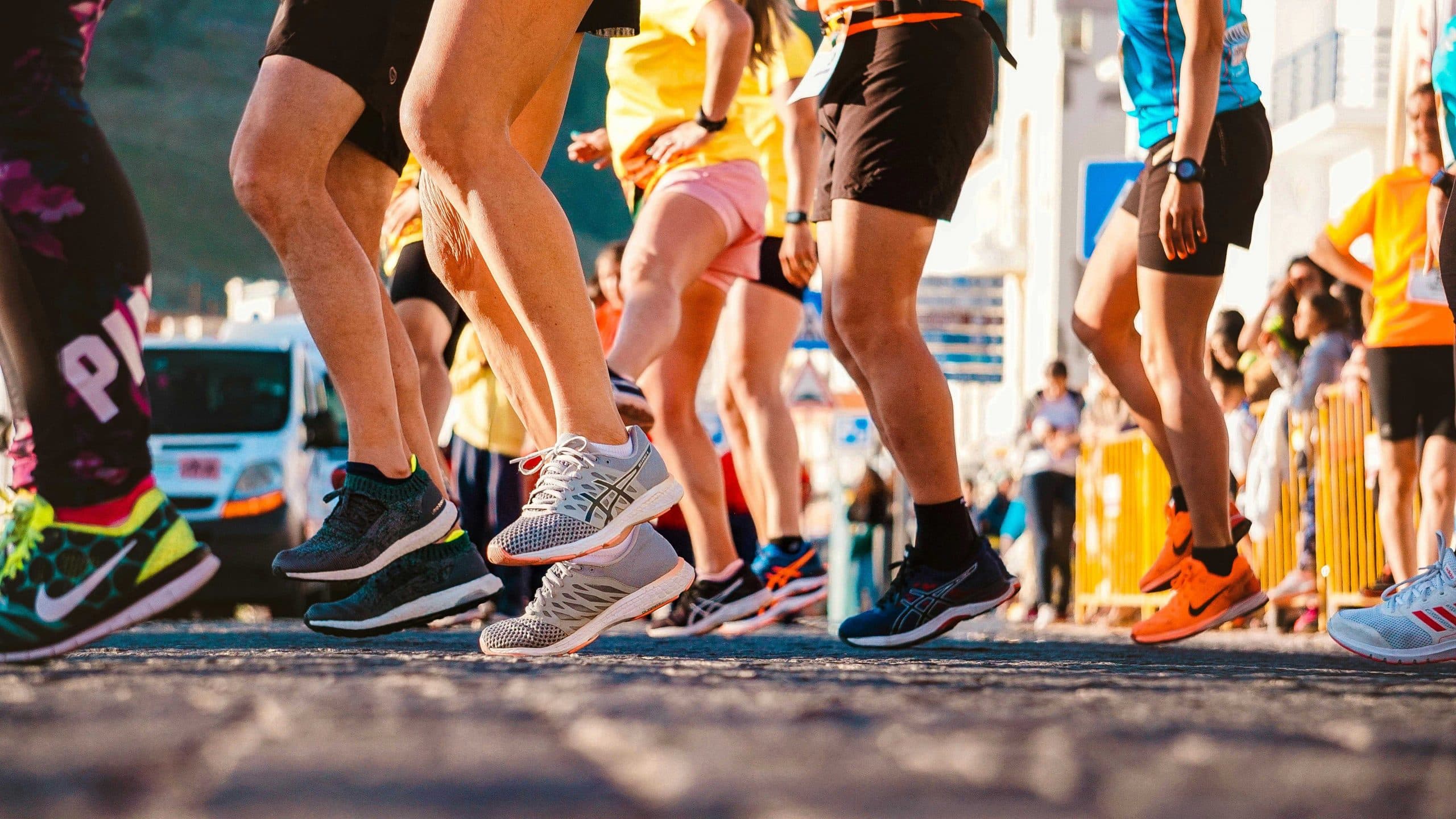
People often take up running because you can do it anywhere, and it isn’t costly. They put on their favorite sneakers from the back of their closet and start. Once people start, they find that getting good running shoes improves their performance, makes running more pleasant, and protects their feet and lower body more. There’s no perfect running shoe for everyone. Shoes made for people with a particular stride won’t be good for someone with a different stride. Studies indicate that some factors make a difference, but more studies are necessary.
Experts disagree on whether shoes can cause or prevent injuries.
There are minimalist shoes, well-cushioned shoes, and everything in between. Some people believe minimalist shoes prevent injury because they put your foot in a position closer to natural running conditions. Others think the more cushioning there is, the more protective the shoe is. Studies show that people with several pairs of shoes possessing different features, who switch them with 60% of the running in their favorite and the rest of the time divided amongst two or three other pairs, had the fewest injuries. It’s because each pair had different benefits that stressed different areas, making stress fractures less likely.
How and where you run and where you run makes a difference.
If you’re running on asphalt and concrete, you’ll need a more durable one with additional cushioning. Running on grass or sand requires less. Getting a shoe that fits well should be your top priority. The shoes should feel comfortable when you run. Sneakers are for general use, walking, jogging, and playing sports. Running shoes are made specifically for running to provide the necessary cushioning and support.
It’s all about your foot and what feels good.
Shoes won’t make you faster. They may make you feel faster or keep you running longer, which helps you improve your speed. If you’re competing, one study showed that increasing the weight of a running shoe by 3.5 ounces reduced performance speed by 1%. If you’ve had foot injuries, getting the right shoe can also make a difference. Don’t get stuck on a brand name or particular style. Your feet change. Instead, focus on how your shoe feels.
- Sneakers are designed for all types of movement, so the flexibility is right in front of the heel. You’ll notice a big difference when you switch to a running shoe. The flexibility is at the arch in a running shoe since the toes hit the ground first.
- If you have sneakers that are comfortable and feel good when you run, you can still use them, especially if you don’t run that often. Switch between several pairs of shoes to prevent repetitive strain injuries.
- When you’re purchasing running shoes, go to a specialty store. They have the equipment and expertise to help you find the shoes best for your feet and gait. They normally have a treadmill in the store, allowing you to try them out.
- If you’re starting a fitness program and running is part of it, don’t wait for the perfect shoes to start. Use the sneakers or trainers you already have and start running!
For more information, contact us today at Body Sculptors Personal Training
